Deck & Commander Strategies

Niv-Mizzet, Visionary
Focuses on drawing cards through dealing damage and burning opponents, leveraging card draw to fuel continuous spells and control elements.

Galazeth Prismari
Generates treasures and other tokens that can be animated into creatures, using ramped mana to cast large spells and create a threatening board presence.

Vhal, Candlekeep Researcher
Utilizes card draw and plus one counters to strengthen creatures, combining background synergies to build a resilient, growing board.
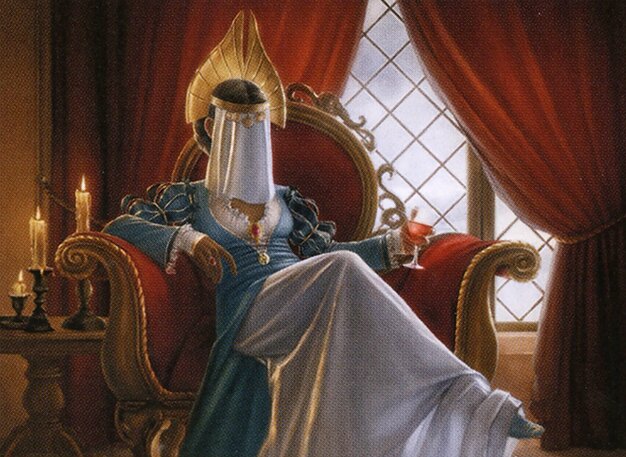
Noble Heritage
Works alongside background cards to enhance token and creature strength via counters while maintaining board presence.
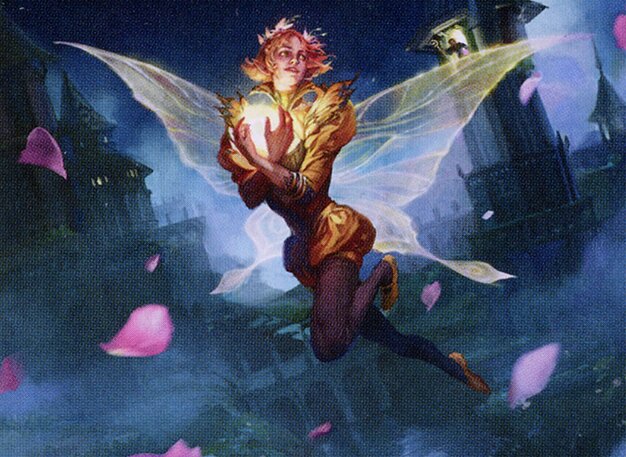
Ivy, Gleeful Spellthief
Plays a tempo and disruption role, stealing and copying spells or generating value from opponents’ actions while maintaining an aggressive stance.
Gameplay Insights
- 1
Players frequently paid five life to roll a d6 to fetch multiple basic lands, balancing the risk of stun counters with the benefit of accelerated mana development.
- 2
The use of stun counters on lands introduced a tempo element, forcing players to plan carefully when lands would untap and be usable for casting spells.
- 3
Frogify was used as a soft removal tool, turning key creatures into harmless frogs while keeping them on the battlefield to avoid more costly board wipes or permanent removal.
- 4
Token generation and synergy was central, with clues, treasures, and food tokens being created and then animated or sacrificed for card draw and other advantages.
- 5
Combat was measured with players often attacking for incremental advantage rather than all-out aggression, reflecting the strategic importance of board state development over raw damage.
Notable Cards
-

Niv-Mizzet, Visionary
-
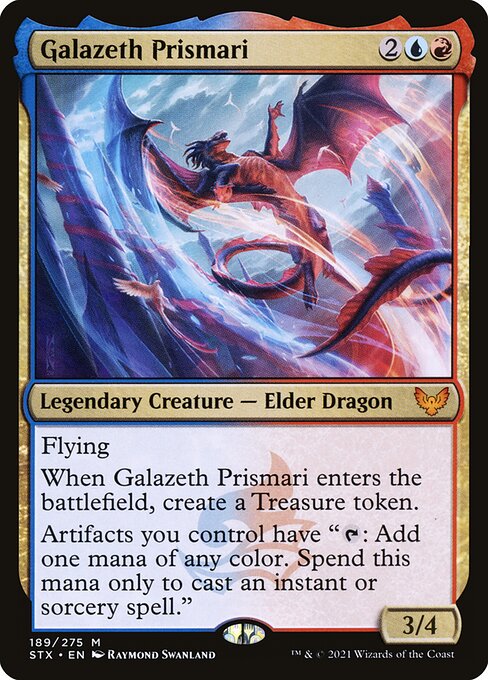
Galazeth Prismari
-
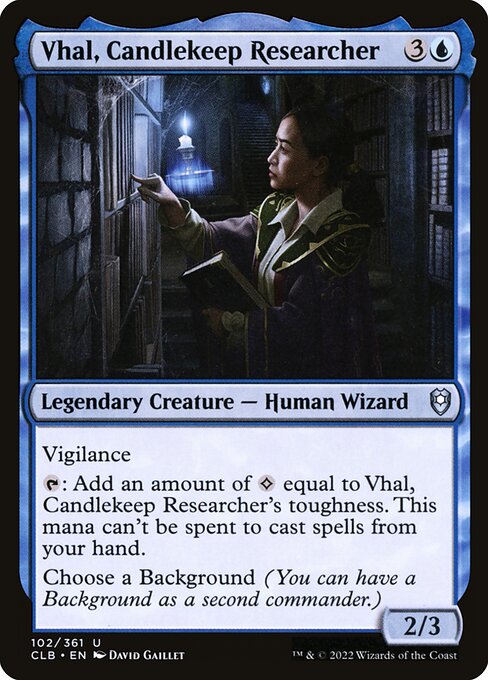
Vhal, Candlekeep Researcher
-

Noble Heritage
-

Ivy, Gleeful Spellthief
-
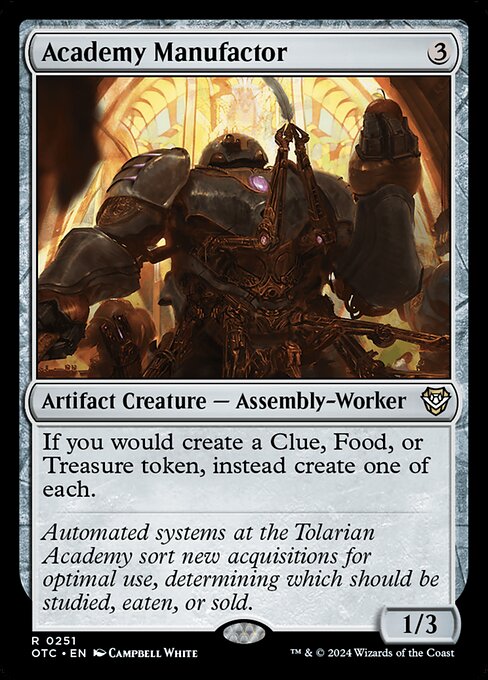
Academy Manufactor
-

Skullclamp
-
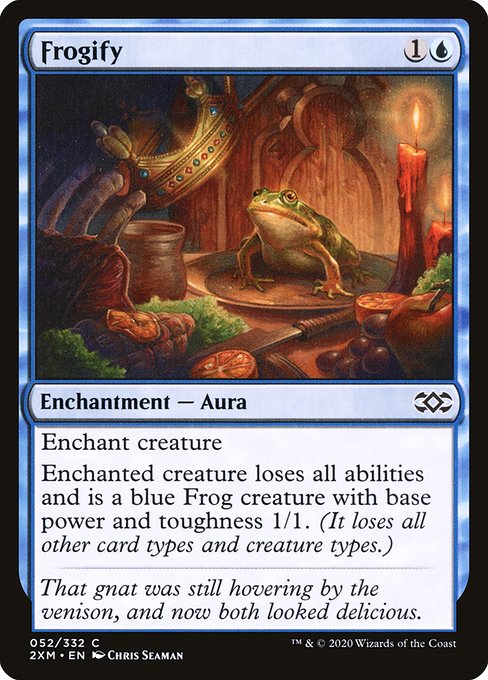
Frogify
-

Tamiyo, Inquisitive Student // Tamiyo, Seasoned Scholar
Gameplay Summary
The game featured a chaotic, mana-intensive Commander match with a strong focus on blue spells and token generation.
Players started with a unique emblem that functioned like a Chromatic Lantern, fixing mana, and had the option to pay five life each turn to roll a die and fetch basic lands with stun counters, adding an element of risk and strategic land deployment.
Early turns saw players carefully balancing life payment and land drops, with some aggressively paying life to maximize mana availability despite the stun counter penalty.
The game quickly developed around token production and mana ramp, with commanders and spells that created clues, treasures, and food tokens, which were then animated or sacrificed for value. Key moments included the deployment of powerful utility creatures like Academy Manufactor, which generated multiple token types, and strategic use of Frogify to neutralize threats without outright removal, showing nuanced board control decisions.
Combat was cautious but consistent, with players leveraging clues and tokens to dig through their decks or buff creatures.
The interplay of stun counters on lands created a tempo dynamic, as players had to manage which lands could be tapped to accelerate their board state.
Overall, the game revolved around incremental advantage through token synergies, card draw, and mana acceleration, with win conditions hinging on overwhelming the board with value and big creatures supported by the various token engines and spellcasting resources.












![Fan Request Season Finale [Commander VS 320] | Magic: the Gathering Commander Gameplay thumbnail](https://i.ytimg.com/vi/peZcKa3plLI/sddefault.jpg)
















![Ivy vs Tor Wauki vs The Red Terror vs Severina [EDH/Commander, Magic The Gathering Gameplay 2022] thumbnail](https://i.ytimg.com/vi/icOuNw_KCn0/sddefault.jpg)
![Lucea Kane vs Ivy vs Optimus Prime vs Tivit [EDH/Commander, Magic The Gathering Gameplay 2022] thumbnail](https://i.ytimg.com/vi/o2ZpW-_uXP0/sddefault.jpg)






















